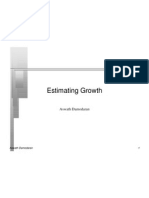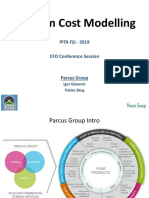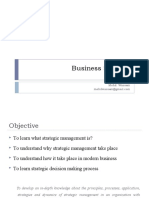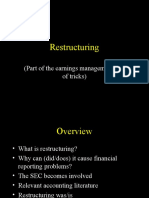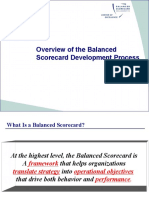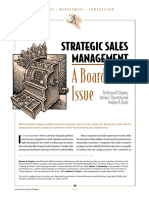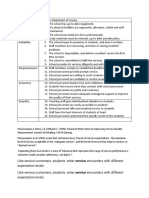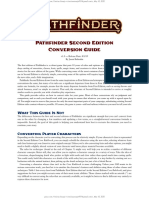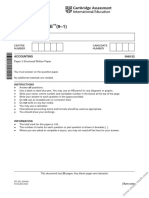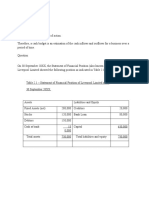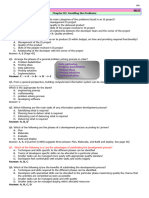100% found this document useful (1 vote)
193 views9 pagesA Practical Guide To Business Modeling
The document provides an overview of business modeling using the Business Model Canvas framework. It discusses the what, how, and why of business modeling. The Business Model Canvas is a flexible yet simple tool that helps define existing businesses, create new ones, and develop strategies. It represents the essential aspects of a business in 9 building blocks and shows the interdependencies. Business modeling can be used throughout the business process from idea generation to execution. It helps align stakeholders, test ideas, identify opportunities, and innovate business models.
Uploaded by
zckid5136Copyright
© © All Rights Reserved
We take content rights seriously. If you suspect this is your content, claim it here.
Available Formats
Download as DOCX, PDF, TXT or read online on Scribd
100% found this document useful (1 vote)
193 views9 pagesA Practical Guide To Business Modeling
The document provides an overview of business modeling using the Business Model Canvas framework. It discusses the what, how, and why of business modeling. The Business Model Canvas is a flexible yet simple tool that helps define existing businesses, create new ones, and develop strategies. It represents the essential aspects of a business in 9 building blocks and shows the interdependencies. Business modeling can be used throughout the business process from idea generation to execution. It helps align stakeholders, test ideas, identify opportunities, and innovate business models.
Uploaded by
zckid5136Copyright
© © All Rights Reserved
We take content rights seriously. If you suspect this is your content, claim it here.
Available Formats
Download as DOCX, PDF, TXT or read online on Scribd
/ 9



















